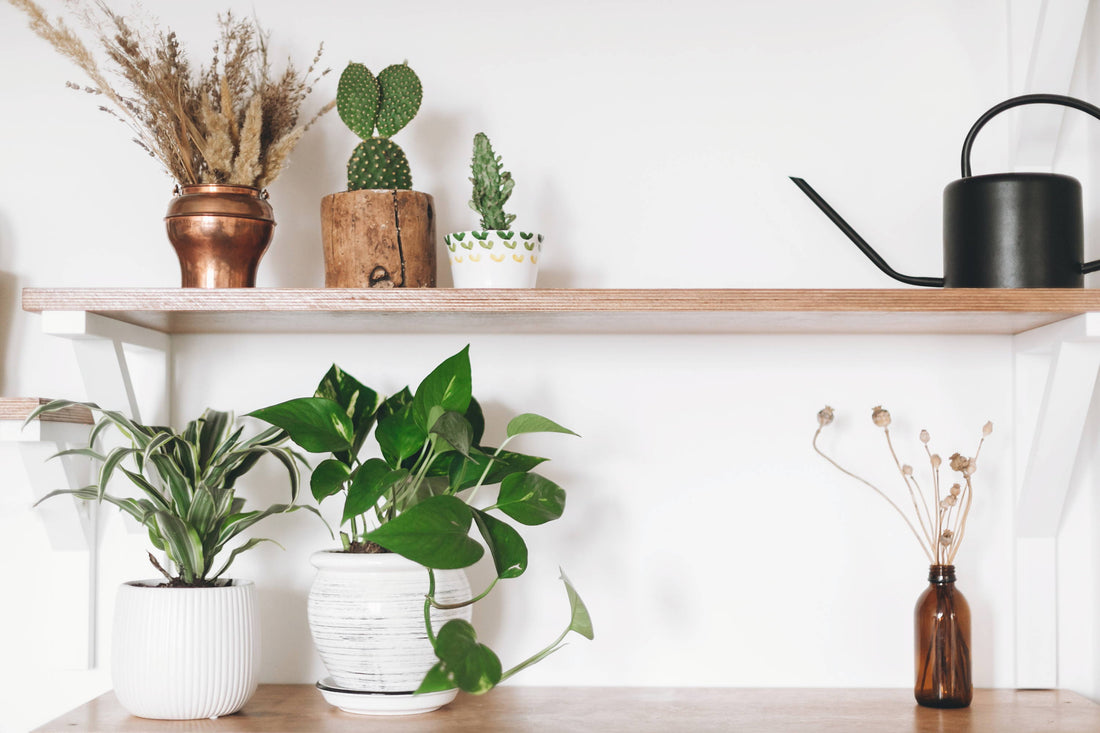Posted by Bloomy Lotus, 20th November 2020

3 Ways to Cleanse Indoor Air
Share
3 Ways to Cleanse Indoor Air
With cold and flu season upon us and the coronavirus pandemic in full effect, there has never been a better time to make sure the air your breathing is fresh and clean.
Now that winter is (almost) here, millions of people are adjusting to colder temperatures by staying indoors and are not getting as much fresh air. While it’s nice to cozy up in our homes, there are some air quality considerations we should be mindful of. According to the EPA, roughly 30% of new constructions and remodeled buildings may possess indoor air quality issues that can contribute to “Sick Building Syndrome” (SBS). SBS refers to the onset of health conditions (sore throat, fatigue, cough, etc.) caused by indoor air contaminants like mold and indoor / outdoor contaminants.
While this sounds scary, we only need to take a few simple steps to refresh our indoor air supply. Below are a few tips to get you started!
3 Tips for Cleaner Indoor Air
1. Let Fresh Air In
Utilize Aromatherapy
Essential oils are powerful plant extracts that have a myriad of uses –– including helping to cleanse indoor air. For example, research suggests that tea tree and eucalyptus oils may be effective in inactivating some viruses. Lemon oil has also been shown to reduce airborne bacterial load.
The best way to use these essential oils to enhance air quality is with a diffuser. Ultrasonic diffusers, which also double as humidifiers, are particularly great in the winter when the heat is on and the air is drier. Nebulizing diffusers (which don’t require water) are great for use in areas where moisture is present in the air and perform extremely well in larger spaces.
According to the EPA, roughly 30% of new constructions and remodeled buildings may possess indoor air quality issues that can contribute to “Sick Building Syndrome” (SBS)
3. Stock up on Houseplants
Plants are nature’s air purifiers, and they’re cost effective! Though having them around may not significantly increase the amount of oxygen in your home, they have an amazing ability to capture and neutralize indoor pollutants like formaldehyde and benzene that are commonly emitted from things in your home like carpets, ovens, and refrigerators. Some of my favorite plants include Devil’s Pothos, Peace Lily’s, Orchids, and Anthuriums.
